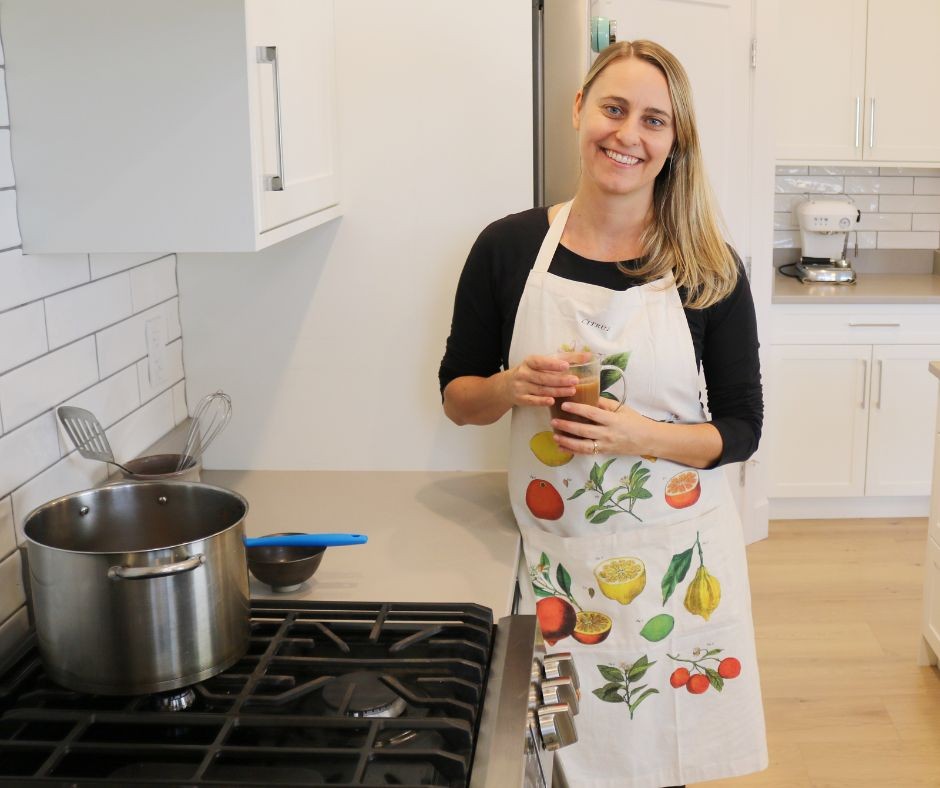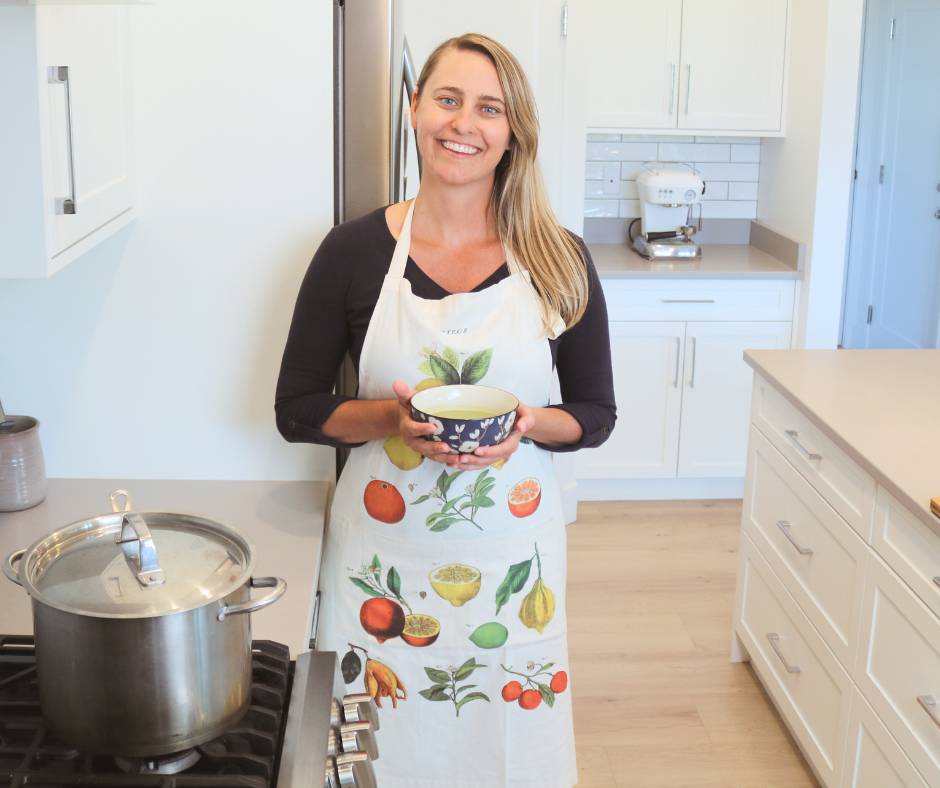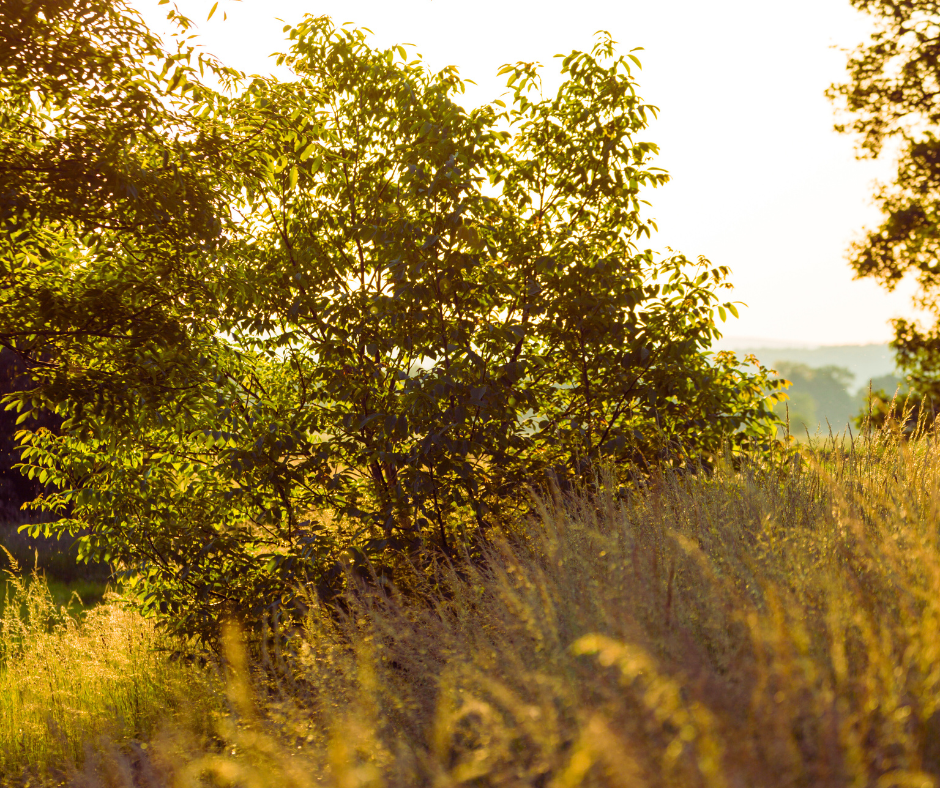There is a gradual slowing down and turning inward this time of year. Trees lose their leaves as the days become shorter and darker, and plants draw energy inward in preparation for winter. It is a time for focusing, gathering, and simplicity.
The wisdom traditions of Chinese Medicine and Ayurveda teach that as the seasons shift, we must also make intentional changes to our diet and self-care practices. Otherwise, specific seasonally induced imbalances leading to illness are much more likely. After the height of summer activity, we now have the opportunity to lose our metaphorical leaves and turn inward as well.
We’re rewarded with deeper health and well-being when we cooperate with the elemental transitions inherent in the seasons. Read below for five ways to harmonize with fall and winter seasons (make sure you scroll down for the two videos!).
Eat Foods for the Season
Fall is a time to gather and store; winter is a time to build our tissues. In late fall and early winter, choose natural foods that are grounding, warming, sweet, and oily. These foods will nourish the deep tissue layers of the body as the temperatures drop. Reduce raw and cold foods in favour of heavier cooked foods and healthy oils, and include aromatic and warming herbs and spices. Think cooked grains for breakfast, soups, stews, and root vegetables with ghee or olive oil for lunch and dinner. As winter approaches, include more protein rich foods, and foods that are moistening, salty, or sour like sauerkraut, olives, pickles, rose hip tea, vinegar, and yogurt.
Watch the video below to learn how to make homemade chai tea and ghee-steeped fruit to add to your cooked breakfast cereal.
WARMING WINTER CHAI RECIPE
- Bring 4 cups water to boil
- Add 1tsp ground cinnamon, 6 cardamom pods, 2 cloves, 1/4tsp black peppercorns, and 2 pieces of fresh ginger and simmer 10-15min
- Add 1 cup nut milk, 2 tablespoons coconut sugar, and 1 tablespoon black tea (or red rooibos for a decaf version) and simmer for 5 more minutes.
- Strain and serve.
GHEE STEWED FRUIT RECIPE
- Melt 2 tbsp ghee in a saucepan
- Add 2 diced apples and 2 tbs dried prunes
- Add 1 tsp cinnamon
- Add a little water to soften fruit
- Stew until soft
- Serve over cooked cereal grain (oats, quinoa, amaranth etc.)
Mindful Movement for Lung and Kidney Qi
In Chinese Medicine (TCM), fall is related to Lung Qi, and winter is related to Kidney Qi, so supporting these systems during the fall and winter is especially important.
It is interesting to note that in TCM, both the Kidneys and Lungs are involved in breathing. Of course, the Lungs are responsible for respiration, but the energetic Kidneys “hold the breath down.” If there is difficulty breathing, such as asthma, the Kidney Qi is usually also involved.
In our yoga or mindful movement practice, we can use intentional breathing practices and supported backbends to build Lung and Kidney Qi. Follow along with the yoga video below for more ideas:
Cold, dry, mobile, rough, and erratic qualities increase this time of year. These qualities lead to a scattered feeling, dry skin and hair, insomnia, and anxiety. To counteract this tendency, use the Ayurvedic practice of abhyanga by applying warm natural sesame or sweet almond oil to your body. This will ground, nourish, and protect your whole system. It also increases lymphatic flow, which nourishes the skin, supports the immune system, and helps the body eliminate waste.
When applying the oil use sweeping strokes from your hands and feet to your center, and circular movements at the joints. Traditionally, this practice is done before bathing because hot water helps the oil absorb into the skin. Once you’ve completed your massage, shower (make sure you don’t slip!), and only use soap if needed. When you’re finished, pat yourself dry with a towel you don’t mind getting a little oily, and be sure to clean your tub.
——> Learn more about this practice of Ayurvedic self-massage here.
Get Your Bowels Moving
The large intestine is also important this time of year, so ensuring proper elimination is key. Constipation can lead to various health problems like skin issues, mucus buildup, allergies, and mood concerns, especially in the fall. Eat enough fiber, and stay hydrated with clean pure water. Use the warm stewed apples with prunes recipe above in the morning to support healthy elimination during this season.
Choose a Nourishing Cleanse
Cleansing in the fall and winter usually involves heavier, richer foods. At other times of year, focusing on fasting and cleaning out the body is helpful, but fall and winter call for something different. Expand your idea of cleansing by blocking off a week or so to focus on practices that support simplicity and rest. During this time, you could eat a mono diet of kitchari (basmati rice cooked with yellow mung dal). This will deeply bolster your digestive function, help to eliminate toxins, and prepare you for the colder months.
Remember, a seasonal routine can help you align with the changing rhythms of nature and help you embrace all the season has to offer. Wishing you all the best as you surrender into this slower time of year.








